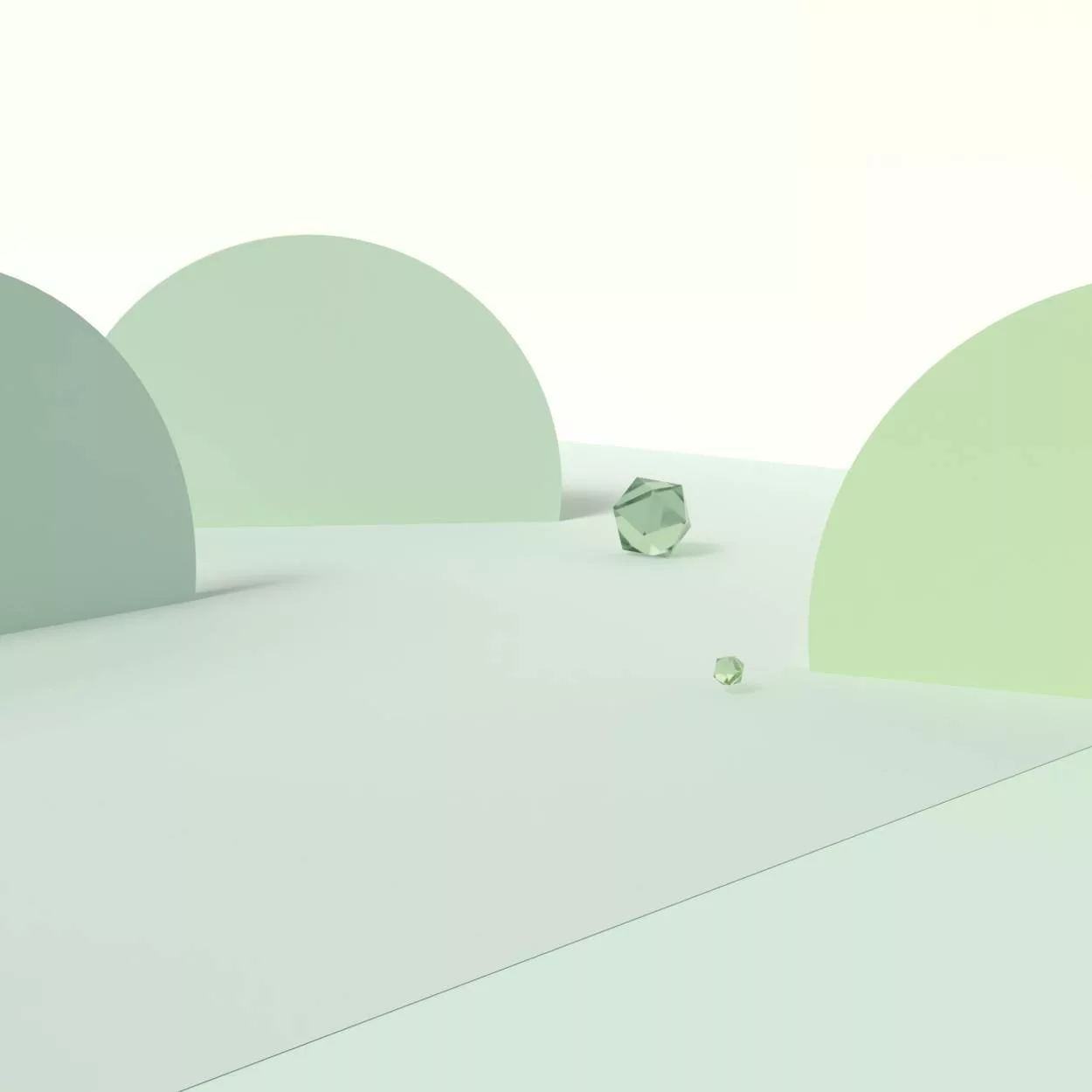In this post we look to answer the question, what is child therapy? It is a form of psychotherapy that aims to alleviate emotional distress and challenging behaviours in children.
Specialist training is essential for a therapist to provide effective child therapy.
A brief history of child therapy
The roots can be traced back to the early 20th century, when the significance of childhood experiences in shaping mental health outcomes began to be recognised by psychologists.
The first child guidance clinic was established in the US in 1909, offering free mental health services to children and their families.
In the 1930s, the development of play therapy by Anna Freud and Melanie Klein marked a significant shift in child therapy.
Play therapy acknowledged the importance of using children’s natural form of expression, play, to facilitate communication and help them work through emotional difficulties.
During the 1950s and 60s, behaviour therapy emerged as a dominant approach focussing on identifying and modifying problem behaviours through a system of rewards and punishments.
In the 1970s and 80s, cognitive-behavioural therapy (CBT) gained popularity in child therapy. CBT emphasised the relationship between thoughts, feelings, and behaviours, and aimed to modify negative thought patterns to improve emotional well-being.
Today, child therapy continues to evolve, with a wide range of approaches and techniques available to help children and families overcome emotional and behavioural difficulties.
The importance of parental involvement and family dynamics in child therapy is increasingly recognised, and many therapists use a family systems approach to address problems that affect the entire family.
Child therapy at Kove
Kove, a leading London private child psychology center, we offer child therapy services to help children overcome their difficulties.
Children process emotions differently than adults, and they often express their emotional struggles through challenging behaviours. Some common symptoms that child therapy can treat include;
- Anxiety
- Depression
- Trauma
- ADHD
- Anger management issues
- Behavioural problems.
At Kove our skilled child therapist will take the time to establish a strong relationship with the child and the parent to build trust and facilitate effective communication.
Parental involvement is crucial in child therapy as parents play a significant role in supporting their child’s emotional wellbeing at home.
Our therapists offer parenting sessions to help parents discover how best to support their child and resolve family issues.
Family dynamics are also an essential consideration in child therapy. Our therapist will work to resolve issues for the family as a whole, creating a positive and healthy environment for the child to thrive.
Types of therapy
Several types of therapy can be used, including
- Play-based therapy
- Family therapy
- Art therapy
- CBT therapy
- parent-child therapy.
The therapist will choose the most appropriate therapy based on the child’s developmental age, stage, and specific difficulties.
Benefits of one on one therapy
There are many benefits, including improved
- Emotional regulation
- Enhanced self-esteem
- Self-awareness
- Better communication skills
- Improved relationships with family and peers.
Finding a therapist who is a good fit for your child and family is essential. Look for someone who has specialised training in child therapy and who has experience working with children with similar difficulties.
In conclusion, child therapy is a valuable tool for helping children overcome emotional distress and challenging behaviours.
By establishing a strong relationship with the child and parents, a skilled therapist can help families navigate their difficulties, resolve issues, and create a healthy environment for the child to thrive.
According to a study published in the Journal of Child Psychology and Psychiatry, children who received therapy for anxiety disorders showed significant improvements in anxiety symptoms and overall functioning. The study can be found here: https://onlinelibrary.wiley.com/doi/full/10.1111/jcpp.12298


